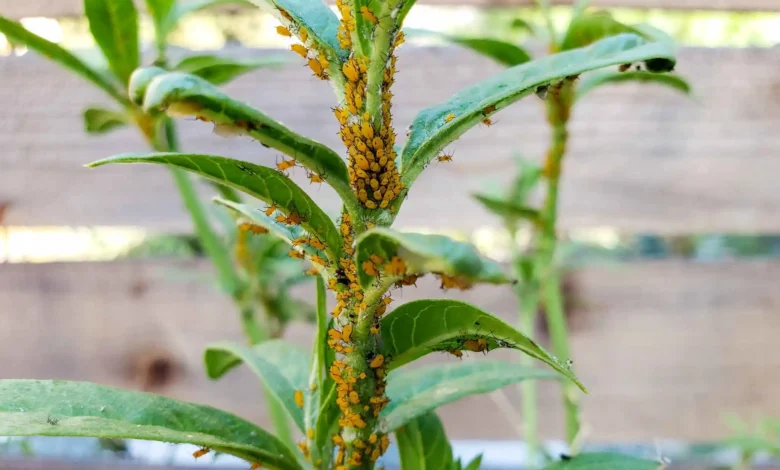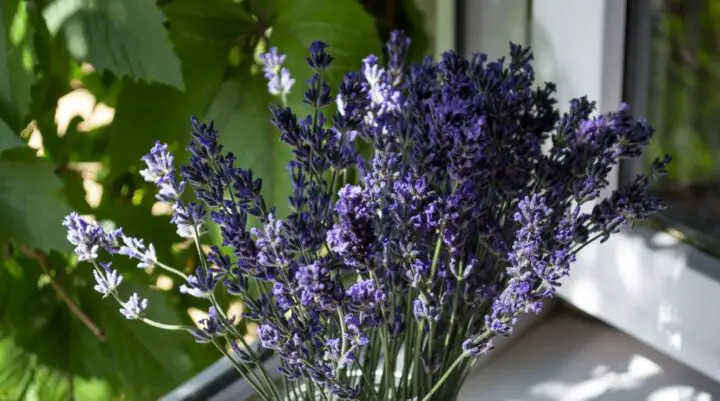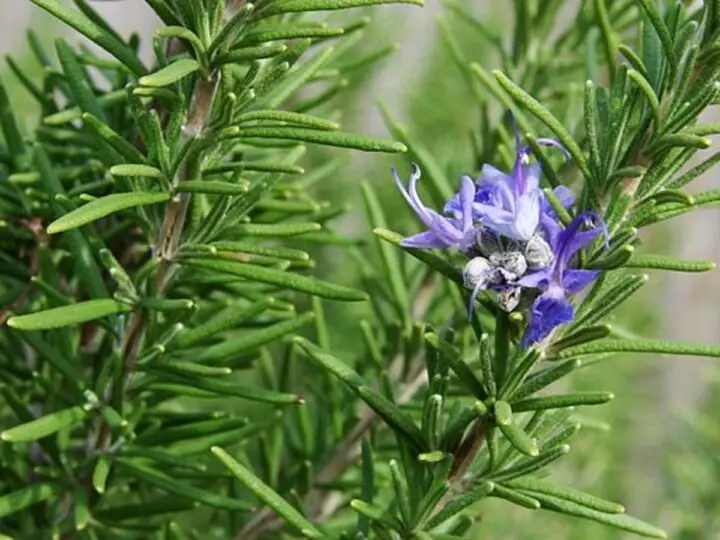The Best Plants for Natural Outdoor Pest Control: How to Repel Insects with Greenery?

Are you tired of dealing with pesky insects while trying to enjoy your outdoor space? Do you want a natural and effective solution to control their population? Look no further than your garden! By strategically incorporating pest-repelling plants into your outdoor space, you can deter insects without using harmful chemicals. These plants for natural outdoor pest control and provide tips on how to make the most out of their pest-repelling properties.
Lavender

Lavender is a beautiful and fragrant plant that repels mosquitoes, moths, and fleas. Its distinct aroma is pleasing to humans but unpleasant to insects. Not only does lavender have pest-repelling properties, but it’s also known to promote relaxation and reduce stress. You can plant lavender in pots or directly in the ground, making it a versatile addition to any outdoor space.
Lemon Balm
Lemon balm is a member of the mint family. It has a citrusy scent that according to turffox deters mosquitoes and other biting insects. It’s a fast-growing plant that’s easy to care for and can even be used to make tea or other culinary delights. Lemon balm can be planted in pots or in the ground, and its leaves can be harvested throughout the growing season.
Marigolds

Marigolds are a colorful and easy-to-grow plant that repels mosquitoes, aphids, and whiteflies. They produce a strong scent that insects find unpleasant, and their bright colors can add a pop of color to your outdoor space. Marigolds can be planted in pots or in the ground, and they prefer full sun and well-draining soil.
Basil
Basil is one of the most versatile herbs out there. Whether you’re using it to add a fresh pop of flavor to your tomato sauce or to garnish your favorite summer salad, there’s no denying that basil is a staple in any kitchen. But did you know that this herb can also keep pesky insects at bay?
The pungent aroma of basil is what makes it an effective insect deterrent. It is known to mask the scent of nearby humans, which makes it less likely for mosquitoes and houseflies to be attracted to you. By planting basil in your garden or on your balcony, you can create a natural barrier against these annoying insects.
Catnip
Catnip is a member of the mint family and is known to repel mosquitoes, ticks, and fleas. Its oil, nepetalactone, is ten times more effective at repelling mosquitoes than DEET, the active ingredient in most commercial insect repellents. Catnip can be planted in pots or in the ground, and its leaves can be harvested and dried to make a natural insect repellent spray.
Citronella
Citronella is a fragrant plant that has been used for centuries as a natural insect repellent. Its distinct aroma is often found in candles, sprays, and other commercial insect repellents. However, growing your own citronella plants can be a more natural and sustainable way to keep mosquitoes at bay.
Citronella plants can be grown in pots or directly in the ground, making them a versatile addition to any outdoor space. They require full sun and well-draining soil to thrive, so make sure to choose a location that receives plenty of sunlight throughout the day.
Rosemary

Rosemaryis a fragrant herb that repels mosquitoes, flies, and fleas. Its pungent aroma is effective at masking the scent of nearby humans, making it an effective insect deterrent. Rosemary can be planted in pots or in the ground, and it prefers full sun and well-draining soil.
Chrysanthemums
Chrysanthemums are a beautiful and effective plant that repels a variety of insects, including roaches, ants, and Japanese beetles. Their brightly colored flowers can add a pop of color to your outdoor space, and they prefer full sun and well-draining soil.
Peppermint
Peppermint is a versatile herb that belongs to the mint family. Not only is it delicious in teas and desserts, but it also has potent insect-repelling properties. Peppermint’s strong scent is particularly effective at deterring ants, mosquitoes, and spiders.
To take advantage of peppermint’s insect-repelling properties, you can plant it in your garden or keep a pot on your balcony or patio. Peppermint prefers partial shade and well-draining soil, so make sure to choose a location that provides these conditions. You can also harvest peppermint leaves and dry them to create a natural insect repellent spray.
Garlic

Garlic is not just a culinary ingredient; it also has pest-repelling properties. Its strong aroma repels a variety of insects, including mosquitoes, ticks, and aphids. You can plant garlic in pots or in the ground, and it prefers full sun and well-draining soil.
Useful tips
Now that you know the top ten plants for natural outdoor pest control, here are some tips on how to make the most out of their pest-repelling properties:
- Plant strategically: Plant these pest-repelling plants near the areas where you spend the most time outdoors, such as your patio, porch, or garden. By planting strategically, you can create a barrier of pest-repelling plants around your outdoor space.
- Crush the leaves: Crushing the leaves of these plants releases their essential oils, which are responsible for their pest-repelling properties. You can crush the leaves with your fingers or use a mortar and pestle to release the oils.
- Use as a natural insect repellent: You can make a natural insect repellent spray using the leaves of these plants. Simply crush the leaves and mix with water or vinegar. Then, spray the mixture on your skin or around your outdoor space.
- Mix and match: Planting a variety of these pest-repelling plants can create a more effective barrier against insects. By mixing and matching these plants, you can create a diverse and beautiful outdoor space while also repelling insects.
Conclusion

Incorporating pest-repelling plants into your outdoor space is an effective and natural way to control insect populations. By planting them, you can create a beautiful and pest-free outdoor space. With the tips provided, you can make the most out of their pest-repelling properties and enjoy the great outdoors without the hassle of pesky insects.

